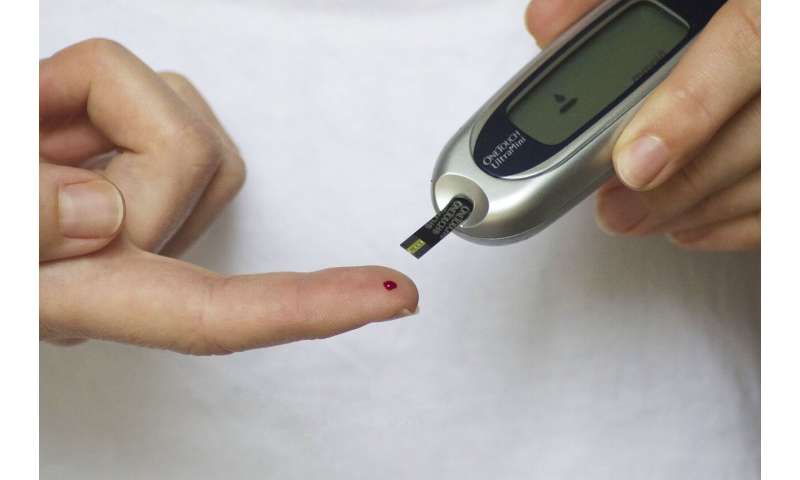
New research presented at this year’s annual meeting of the European Association for the Study of Diabetes (EASD), held online this year (21-25 September), shows that having type 1 diabetes (T1D) is associated with a 33% increase in the risk of falls compared with the general population, while having type 2 diabetes (T2D) is associated with a 19% increased risk of falls. The study is by Nicklas Rasmussen, Steno Diabetes Center and North Jutland Aalborg University Hospital, Aalborg, Denmark, and colleagues.
People with diabetes can be at increased risk of falls as they tend to have more complications (for example high and low blood sugar), and use of medication compared with the general population without diabetes. This study aimed to estimate the risk of falls and to identify risk factors associated with increased falls in people with diabetes compared with the general population. The second aim was to estimate fall-related injuries including fractures and where in the body these fractures are occurring compared with the general population.
From the Nationwide Danish National Patient Register the authors identified 12,975 people with T1D and 407,099 people with T2D and a sex- and age-matched control group (1:1) from the general population. All episodes of people hospitalised with a first fall from 1996 to 2017 were analysed using computer modelling. Risk factors such as age, sex, diabetic complications, a history of alcohol abuse and a history of medication were included in an adjusted analysis. The incidence rates, incidence rate differences and incidence rate ratios of falls and the location in the body of fall-related injuries and fractures were calculated.
In the adjusted analysis T1D was associated with 33% increased risk of a first fall, and T2D a 19% increased risk. The cumulative incidence, of falls requiring hospital treatment was 13% in T1D, and 12% in T2D.
For patients with T2D, other risk factors for falls were: being female (60% increased risk), being aged over 65 years (32%), use of selective serotonin receptor inhibitors (SSRIs) (used to treat depression) (32%), use of opioids (9%), SSRIs and opioids combined (60%), and a history of alcohol abuse (a near doubling of risk).
For patients with T1D, other risk factors identified for falls were: being female (20 % increased risk) aged over 65 years (30%), use of SSRIs (35%), use of opioids (15%) and a history of alcohol abuse (77%).
Increased incidence of fractures was also identified in people with T2D. Compared with the general population, there was increased risk of fractures of the hip and femur (2%), humerus (the long arm bone) (24%), radius (forearm bone) (39%) and skull/face (15%). People with T1D also had an increased risk of fractures, but only at the hip and femoral region (11%).
Source: Read Full Article
